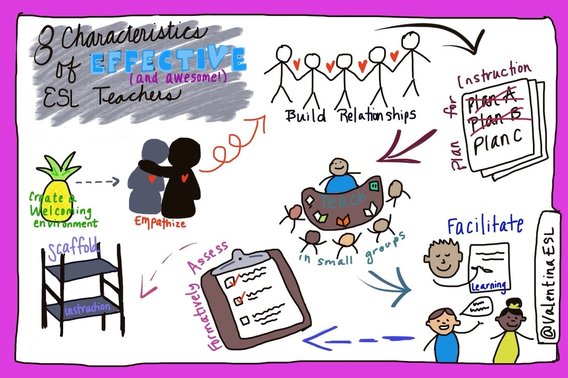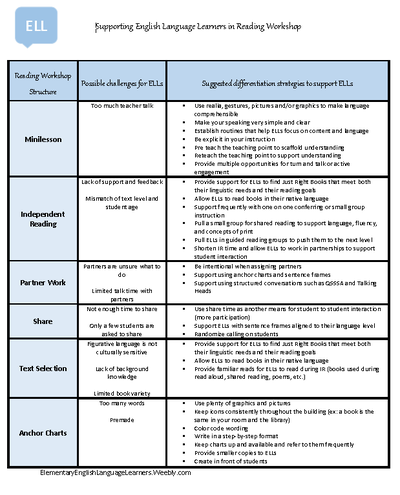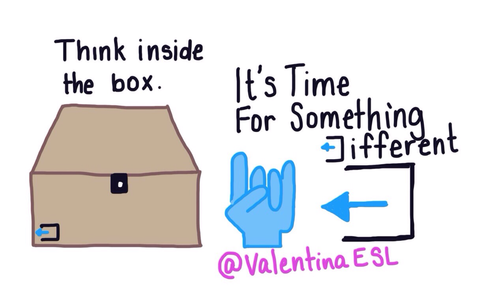|
Let's back up a little and break it down. What is culture? Culture has many meanings and it depends on who you ask or which source you use. If you review most definitions, they all have somethings in common. Zion and Kozleski describe culture as the "shared beliefs, views, values, customs, behaviors and artifacts that the members of society use to interact with their world and with one another (as cited in Fenner & Snyder, 2017).
From this definition, I know we can gather that everyone has a culture. We all have beliefs and views. We all carry values and customs. We all have certain behaviors and artifacts related to our own society that we use to interact with the world and with others. This leads me to the conclusion that being culturally responsive is not only going to benefit my English Learners, it will benefit every child in my classroom. Create a Welcoming Environment
1. The BEST ESL teachers know how to make their students feel safe and valued. They are able to break down the walls of anxiety and fear so students feel ready and eager to learn. These teachers do this by using verbal and nonverbal cues. The way they speak with their students tells them that they are wanted, valued, and loved. These teachers make room for all students. Have you ever sat through a lecture bored out of your mind? Sometimes our students face the same doom when we don't allow them time to interact with the information that we are trying to input into their minds. Eventually, they tune out and nothing is gained. It becomes a giant waste of time.
Interactive lectures are lectures that allow for student participation and active engagement with information. Here's what won't happen when you employ INTERACTIVE LECTURES in your classrooms and why:
These supporting documents have been in high demand and are in various blog posts on this blog. So I decided to put them all in one post for easy access. This is a one stop shop where you can find the supporting documents to shelter instruction in the content areas. Please feel free to share them with your teacher colleagues as they are meant to help all educators and students. These supports are not just for English Language Learners. ALL learners who need extra help will benefit!
Have you heard of escape rooms? They are pretty popular lately. Kind of an innovative way to build relationships while engaging a group of people in a real life puzzle.
Breakout EDU brings a similar experience to the classroom. And if you haven't hear of it, you need to check it out! Students work in heterogeneous groups to solve a series of puzzles related to a unit of study. Students must work together in order to reveal the codes which unlock several locks in a set amount of time (usually 30-45 minutes). Teachers can create Breakout EDU games that address the curriculum and state standards for the grade level they teach. Does Breakout EDU support ELLs? |
Categories
All
|
||||||||||||||||||||||||










 RSS Feed
RSS Feed
